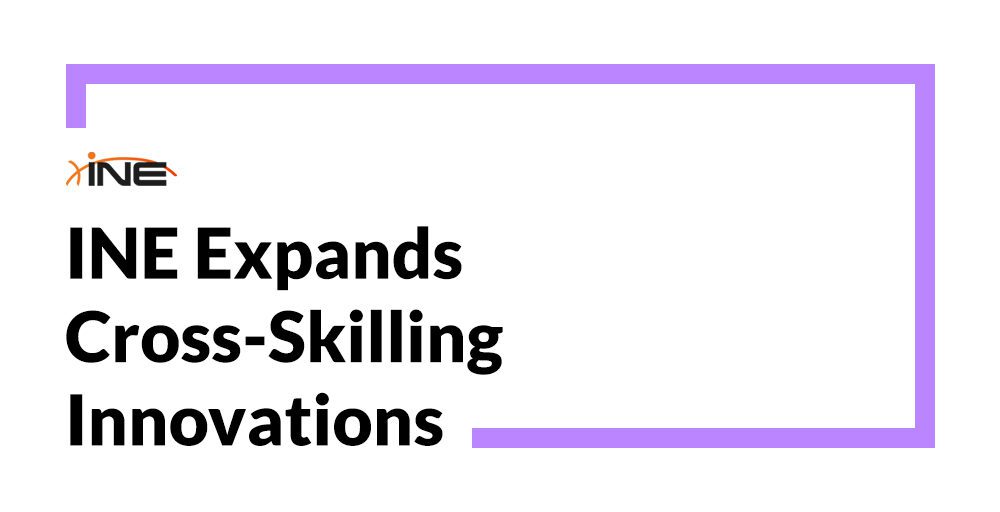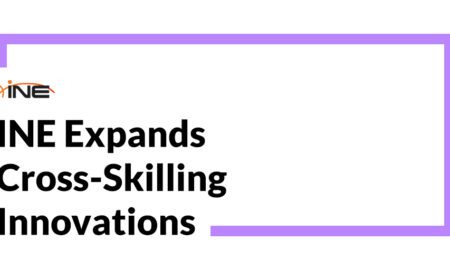Have you ever felt overwhelmed by how fast digital marketing keeps changing? Just when you think you’ve caught up with the latest strategy, a new trend, tool, or platform shows up. Businesses today face more pressure than ever to stay on top of the digital game. What worked last year may not deliver the same results tomorrow. So, how do businesses stay ahead of the curve while still connecting with customers in meaningful ways?
In this blog, we will share what businesses should focus on to future-proof their digital campaigns.
Customer-Centered Strategies Come First
Digital campaigns are no longer about just selling a product or service—they’re about building relationships. Today’s consumers want to feel seen, heard, and understood. If a campaign doesn’t speak to their specific needs or interests, they’ll quickly move on. Businesses need to invest time in understanding their audience’s preferences, habits, and pain points. Using this data to create tailored content makes the experience more relevant, which can lead to better engagement and long-term loyalty.
One way to put customers at the center is through segmentation and personalization. By dividing the audience into smaller groups based on behavior or interests, businesses can create specific messages that connect with each group. Even something as simple as using a person’s name in an email or offering product suggestions based on past behavior can make a big difference.
Strong SEO Backed by Reliable Partners
Search engine optimization (SEO) is still a key part of any digital campaign, but it’s no longer just about keywords. SEO today includes things like page speed, mobile usability, structured data, and voice search. Search engines are smarter now and favor content that’s valuable and user-friendly. For businesses, this means creating useful and well-structured content while also keeping technical SEO in mind.
It helps to work with experts like IMEG to build a strong SEO foundation. Short for Internet Marketing Expert Group, this company offers a range of services that focus on delivering real results. From optimizing your site structure to targeting the right keywords, they help businesses rise in search engine rankings without relying on outdated tricks.
Mobile-First Design Is No Longer Optional
More people use their phones to browse, shop, and interact online than ever before. If your digital campaign isn’t designed for mobile, you’re likely missing a huge part of your audience. A mobile-first approach means designing your website, ads, and content with smartphones in mind. It’s not just about shrinking your desktop site—it’s about creating an experience that works smoothly on smaller screens.
Mobile-first design includes fast-loading pages, easy-to-read text, clear calls to action, and simplified navigation. People expect convenience when using mobile devices, and a poor experience can quickly turn them away. Businesses should test their websites and campaigns on different devices to make sure they look good and function well. In a mobile-first world, getting this right makes a big difference in campaign success.
Data-Driven Decisions Drive Growth
Guesswork no longer has a place in digital marketing. With the tools available today, businesses can track almost everything—from how long someone spends on a page to which call-to-action button they clicked. Using data to make decisions allows marketers to see what’s working and what’s not. It also helps them adjust their strategies in real-time instead of waiting for a campaign to end.
Platforms like Google Analytics, Meta Ads Manager, and customer relationship management tools provide insight into audience behavior. But it’s not just about collecting data—it’s about understanding it. Businesses should regularly review reports and look for patterns. For example, if video content is performing better than blog posts, it makes sense to create more videos. Data tells a story, and businesses that listen to that story often make smarter, more effective marketing choices.
Short-Form Video Keeps Gaining Popularity
Short-form video is one of the most powerful tools in digital marketing today. Platforms like TikTok, Instagram Reels, and YouTube Shorts are proof that people love quick, engaging video content. These short videos are easy to create, fun to watch, and often have a better chance of going viral compared to longer videos or static images.
For businesses, this means shifting focus to storytelling in under a minute. Whether it’s a product demo, a behind-the-scenes look, or a customer testimonial, short videos grab attention quickly. They’re also easier to share, making them great for increasing reach. Marketers should experiment with different video formats and styles to see what resonates most with their audience. As attention spans shrink, short-form video will continue to play a major role in digital campaigns.
Email Marketing Is Still Powerful (When Done Right)
While email may seem old-fashioned compared to social media or video, it remains one of the most cost-effective digital marketing tools. However, blasting the same message to your entire contact list doesn’t work anymore. Today’s email campaigns need to be more thoughtful, segmented, and value-driven. People get dozens of emails a day, so yours needs to stand out.
Personalization and timing are two big factors in successful email campaigns. Sending emails based on user behavior—like abandoned cart reminders or welcome sequences—can improve open and click rates. It’s also important to create compelling subject lines and use clean designs. Adding useful content like tips, offers, or updates can build trust with your audience. Done right, email marketing helps keep your brand top of mind and brings people back to your site.
Voice Search Is Shaping Content Strategies
As more people use digital assistants like Alexa, Siri, and Google Assistant, voice search is becoming a big factor in content planning. Voice searches tend to be more conversational and often include questions. For example, instead of typing “best running shoes,” someone might say, “What are the best running shoes for flat feet?” This shift requires businesses to rethink how they write content.
Creating FAQ pages, using natural language, and targeting long-tail keywords are all ways to adapt. Businesses should also make sure their content is optimized for featured snippets, which often appear in voice search results. The goal is to create clear, helpful content that answers common questions. As voice search continues to grow, it will influence not just how content is written but also how it’s discovered.
In conclusion, the future of digital campaigns will belong to businesses that adapt quickly, listen closely, and act honestly. As tools and platforms continue to change, the need for human-centered strategies will only grow stronger. Businesses that focus on data, mobile experiences, video, SEO, and authentic storytelling will stand out in a crowded market. Staying informed and working with experienced partners like IMEG can make a big difference in long-term success. Take time to learn what your audience needs and build campaigns that truly connect. The future isn’t just digital—it’s personal, responsive, and always evolving.

































